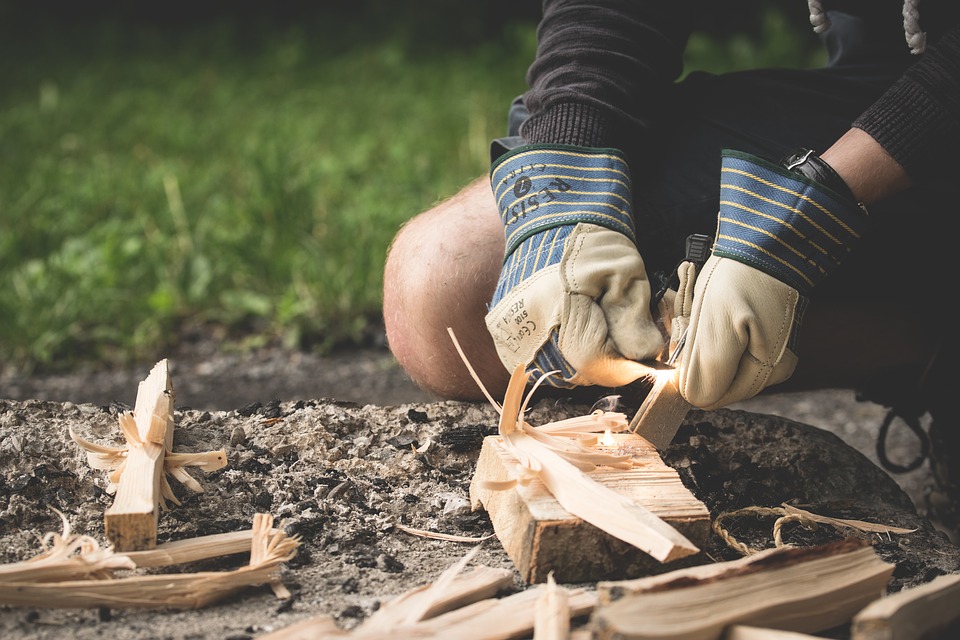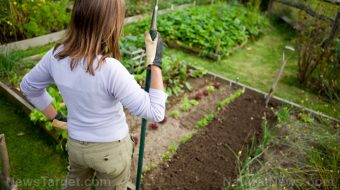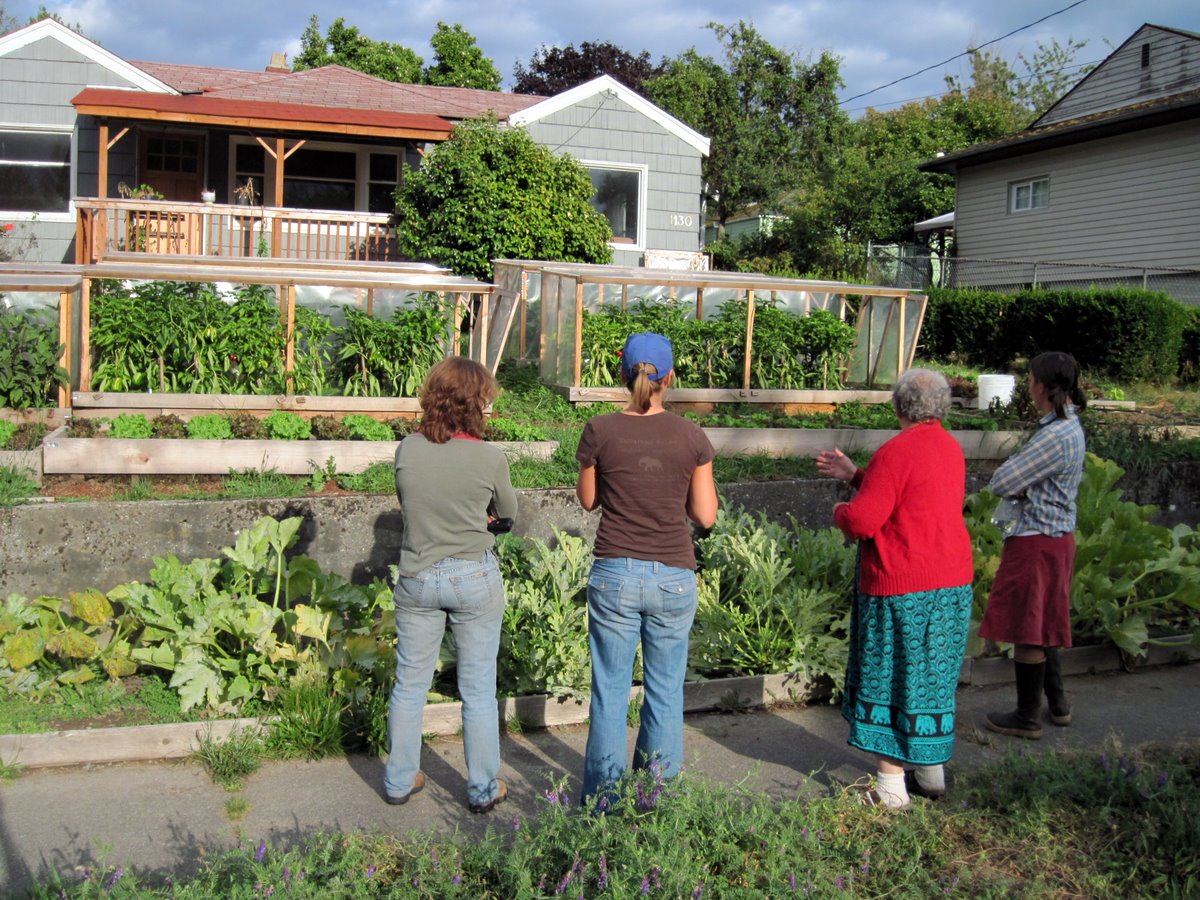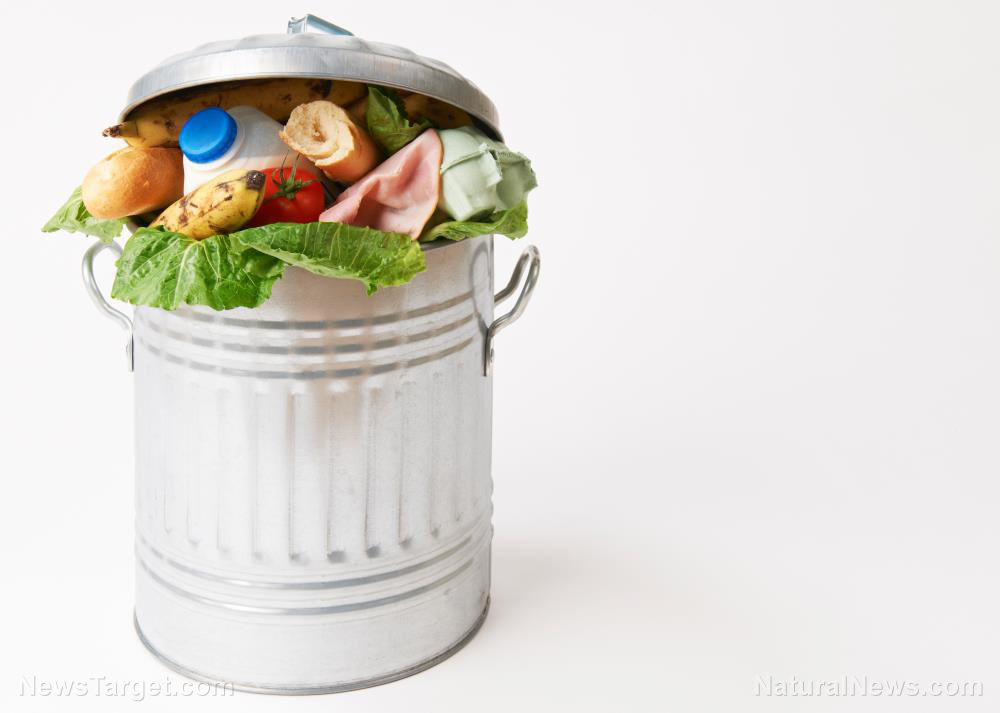
Preppers and homesteaders are always looking for new and creative ways to re-purpose different materials. For instance, did you know that there are several homesteading uses for wood ash? (h/t to ThePreppingGuide.com)
If you're using a wood-burning stove in your homestead, you can set aside wood ash and use it in your garden or around the house.
When storing wood ash, keep them in a covered metal container and set it on dirt or concrete. Leave the container at least several feet away from any combustible surface. While ashes may appear cold, buried embers can remain live for several days or weeks.
Adding calcium to your crops
You can use wood ash to boost the calcium level of your crops. Some fruits and vegetables that usually need calcium include:
Cockroach repellent
Spread some wood ash on areas that cockroaches frequent, like the corners inside your house or space under appliances. The outer shell of cockroaches doesn’t handle wood ash well and spreading the ash on their hiding spots will make them leave.
Composting
You can add wood ash to your compost bin. Wood ash contains potash, which helps maintain a neutral balance in compost.
Compost that is too acidic and with too much nitrogen can stink, and smelly compost can attract animals to your area.
Deodorizer
Wood ash is alkaline, which makes it great at absorbing and neutralizing odors. Sprinkle some wood ash on smelly areas in your homestead to get rid of any nasty odors.
Flea treatment for pets
You can use wood ash to get rid of fleas on your pets. Small particles in the ash will cut into the body of the fleas and kill them.
Garden fertilizer
Wood ash is rich in potassium carbonate, making it a natural fertilizer. It also contains calcium, phosphorus, and magnesium that can boost soil health. (Related: Natural soil amendments: Wood ash and crushed rock effectively increase nitrogen bioavailability in soil, acting as a non-chemical fertilizer.)
Wood ash also has other nutrients like boron, iron, sodium, and zinc.
Lawn fertilizer
Use wood ash as a lawn fertilizer by spreading it lightly on your lawn, then watering deeply to let it soak in the soil.
Lime substitute
You can use wood ash as a natural substitute for lime, which is often used to amend soil lacking in calcium carbonate. Unlike lime, wood ash breaks down quickly to become more bioavailable for your plants.
Mild abrasive for polishing silver and dull metals
Wood ash paste can also be used as an abrasive to polish metals. This method can get messy, so wear some rubber gloves.
Add a bit of water to a cup of wood ash to create a paste. Spread the paste over the item you want to polish. Let the paste sit for a couple of seconds, then wipe it clean with a soft, dry cloth. Rub the item to make it shine.
Natural glass or window cleaner
Instead of using store-bought cleaning products that contain harmful chemicals, use wood ash to clean glass and windows. Make wood ash paste by scooping half a cup of fine ash into a small container, like a glass jar. Make sure to leave behind larger, unburned debris and large chunks of embers. Then, add a bit of water to the ash to make a paste. Stir until the mixture is smooth.
Get an old towel dipped in some water, then dip the damp towel in the ash paste. Wipe the towel on dirty glass. With some hard work, you can make heavily soiled glass shine like new again. When you're done, take a clean, damp rag and remove the remaining film on the glass.
Pest control
Wood ash works like diatomaceous earth, which can keep pests away from your garden. Sprinkle wood ash around the perimeter of your plants to repel pests like slugs and snails.
Soaking up grease spills
Grease spills in your driveway or garage can be hard to clean. You can use wood ash to soak up grease spills by sprinkling some over an oil stain. Let the ash set and soak up the oil, then sweep the grease spill away.
Wood ash tea
Use wood ash tea as an all-purpose fertilizer for plant problems caused by potassium deficiency, like:
- Brown spots
- Curling leaf tips
- Leaf veins
- Low crop yields
- Slow plant growth
To make wood ash tea, put at least 5 lbs of cool wood ash into a cloth bag or an old pillowcase. Soak the ash in a 50-gallon garbage pail full of water. Let the tea steep for several days, then sprinkle the mixture on potassium-deficient plants to make them strong.
Good preppers make the most out of anything they can find in their homestead. Don't be quick to throw your wood ash away – they just might be what you need for certain purposes.
Sources include:
Please contact us for more information.





















